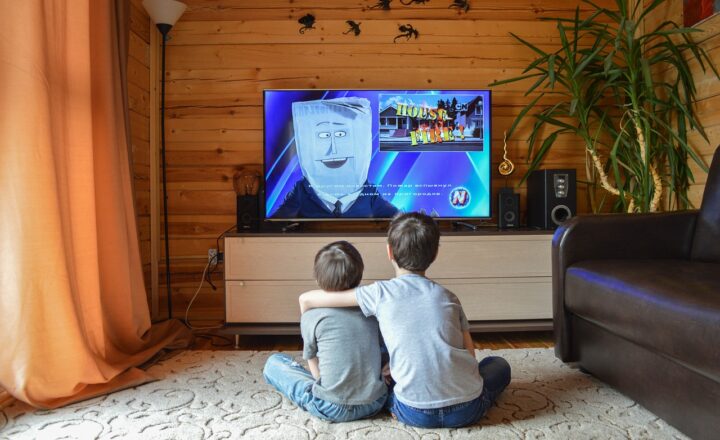How the 2000s Made TV Plot Twists a Phenomenon We Couldn’t Get Enough Of
November 12, 2024

The 2000s was a decade marked by significant shifts in television storytelling, with innovative plot twists captivating audiences worldwide. From shocking revelations to unexpected character arcs, this era was instrumental in redefining the narrative structure of TV shows. In this article, we’ll dive into the evolution of plot twists during the 2000s, examining key examples and their impact on the television landscape.
1. The Rise of Serialized Storytelling
As the new millennium commenced, television began to evolve from episodic formats to serialized storytelling, where overarching plots spanned entire seasons. This shift enabled writers to craft intricate narratives that would keep viewers on the edge of their seats.
Shows like “Lost” and “24” epitomized this trend, offering gripping plots laden with enigmatic twists.
The Lost Experience:
“Lost” utilized a nonlinear narrative and cliffhangers that captivated fans, encouraging them to theorize about the mysteries surrounding the island. The series was a forerunner in generating buzz on social media (even before the rise of platforms like Twitter), creating a community eager to dissect episodes and speculate on character fates.
2. The Impact of Reality TV on Plot Development
While scripted series thrived, reality television also impacted how plot twists were perceived. Shows like “The Bachelor” and “Survivor” introduced real-time stakes and unexpected eliminations, making viewers acutely aware of the power of story arcs based on real-life situations. This blend of reality and scripted drama reinforced the idea that anything could happen.
Unpredictability as a Selling Point:
The unpredictability of reality shows blurred the lines between fiction and reality, leading viewers to expect nothing less than a shocking twist when each episode aired. This new format encouraged scripted shows to adopt similar techniques, raising audience expectations and engagement.
3. Memorable Plot Twists of the 2000s
Several series showcased stellar example of plot twists that have since become iconic. Let’s explore a few standouts:
– “The Sixth Sense” (While not a TV show, its influence is notable): “I see dead people” is one of cinema history’s most famous lines, and it laid the groundwork for how audiences approached endings. The film set the tone for complex narratives reducing down to one jaw-dropping twist.
– “The Sopranos”: This show revolutionized storytelling, with its ambiguous ending prompting discussions about character motivations and moral ambiguity. The sudden cut to black left audiences in shock and forced them to confront the inherent unpredictability of life.
– “Game of Thrones”: Though it aired later in the decade, its shocking character deaths and unpredictable plot developments fit the theme of the era. The infamous Red Wedding, in particular, exemplified the extreme lengths the show would go to in defying audience expectations.
4. Viewer Engagement and Internet Culture
With the advent of the internet and the rise of forums and fan sites, viewers were no longer passive consumers of media. Instead, they became active participants in dissecting each episode, leading to a collaborative culture of speculation and theorizing.
Fandom Influence:
This phenomenon not only fueled more nuanced plot twists in TV shows but also created a feedback loop where writers could gauge audience reactions and adjust storylines accordingly. Fans began to feel integral to the storytelling process, leading to shows that embraced the art of surprise more than ever before.
5. The Lasting Legacy of 2000s Plot Twists
The 2000s cemented the plot twist as a staple device not just in television but across all storytelling mediums. Today’s dramas routinely utilize unexpected twists to engage audiences, often discussing their impact in post-episode conversations.
Modern Examples:
Current shows like “Stranger Things” and “Westworld” continue the trend set by earlier series, layering their narratives with intricate plotlines filled with surprises. The success and viewership of these series are reflective of the lasting influence the 2000s had on contemporary storytelling.
6. Conclusion
The 2000s marked a tipping point for plot twists in the television genre, evolving the audience’s expectations and engagement with storytelling. From serialized narratives to unpredictable shifts in plot, this era of television shaped how stories are told today. As we look to the future of TV, one thing is clear: plot twists will remain an essential element, driving curiosity and conversation long after the credits roll.





